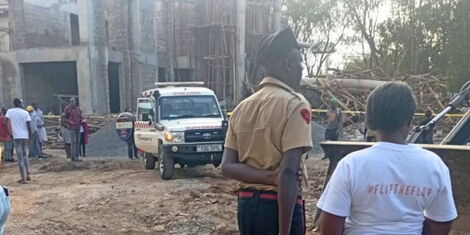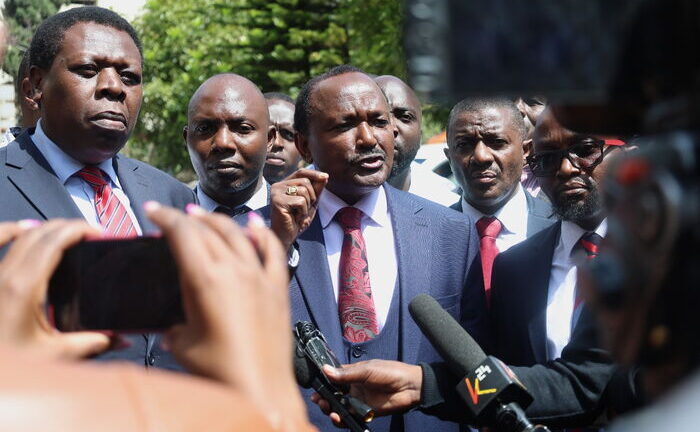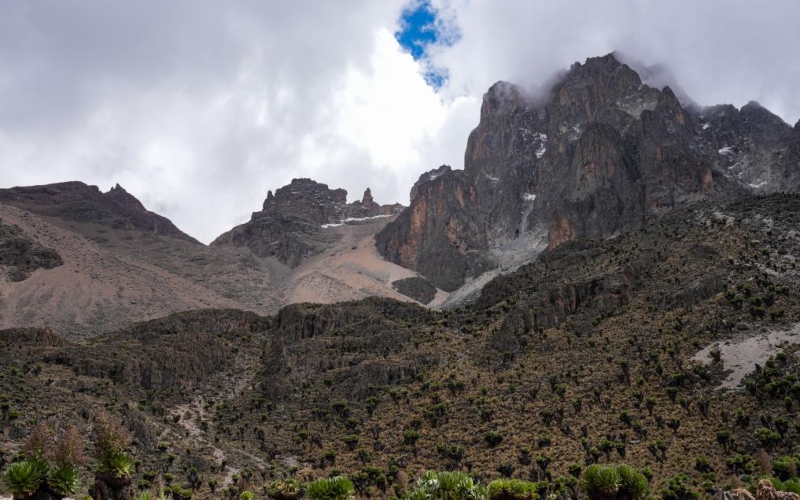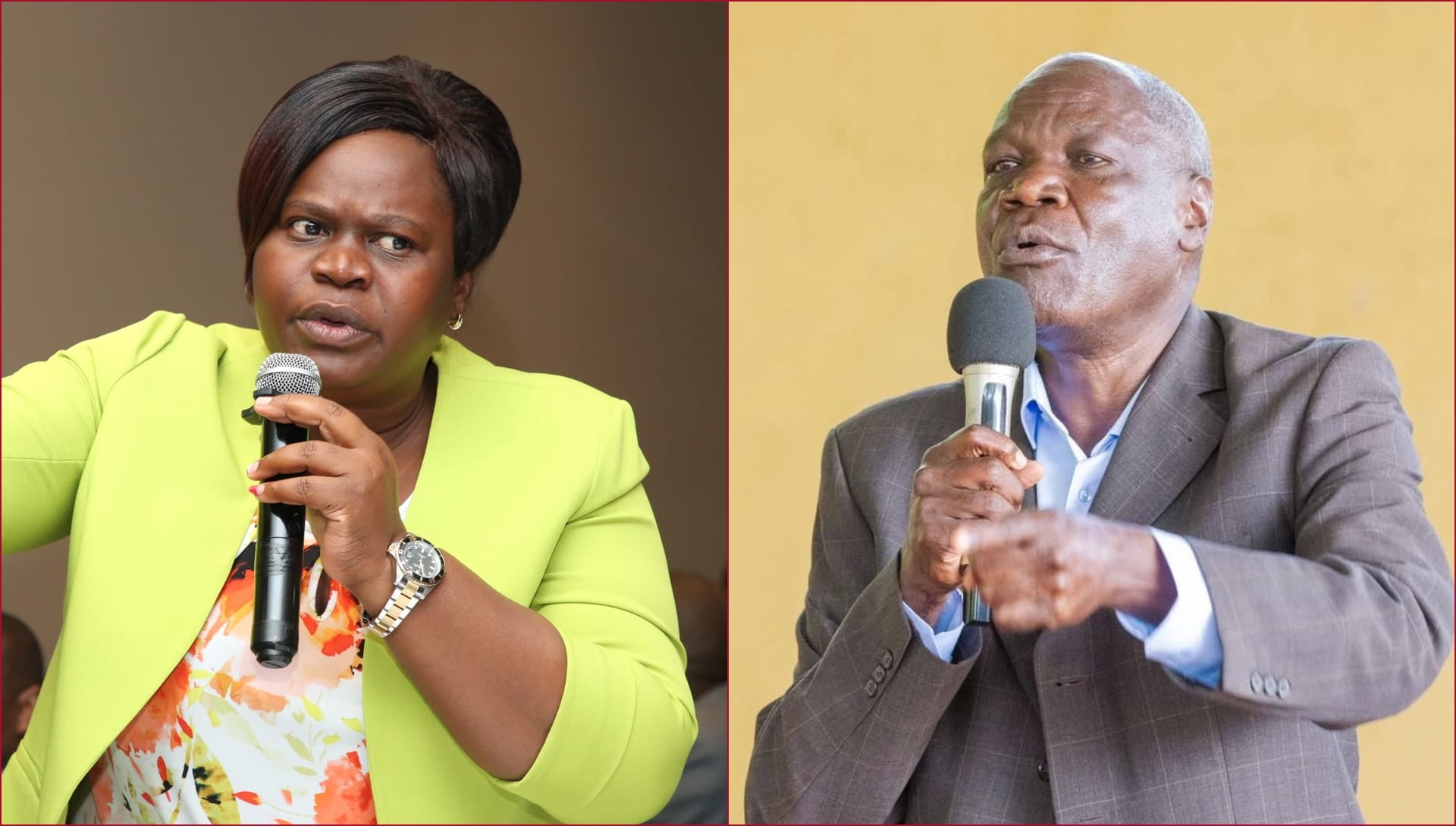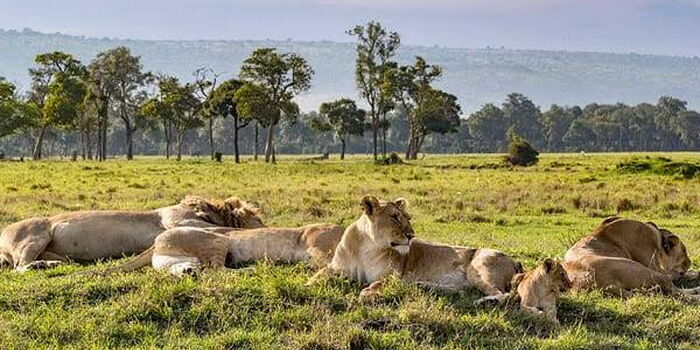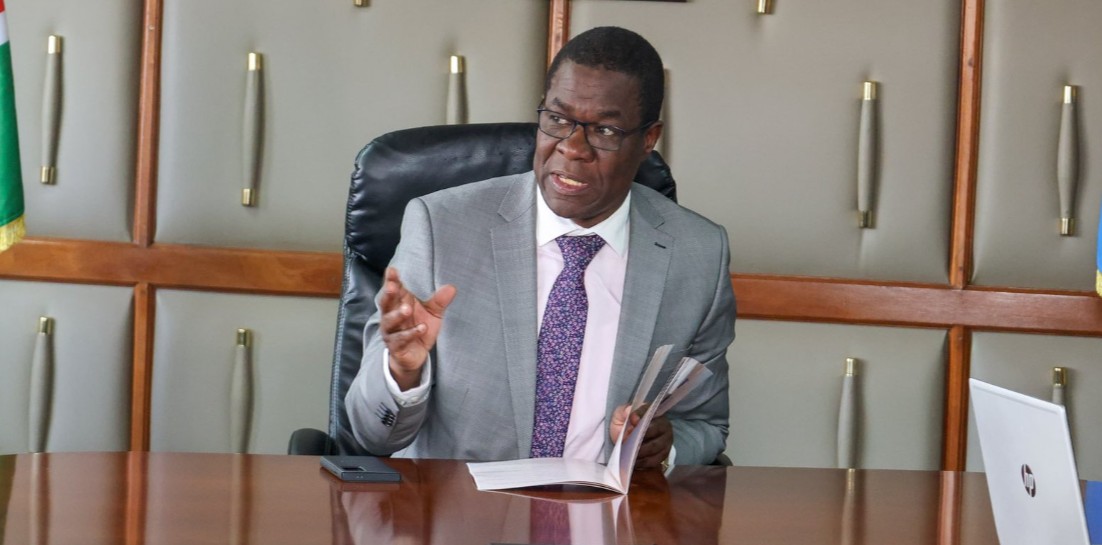
Kenya has reignited its long-dormant oil ambitions with a massive financial injection into the once-stalled Turkana oil project. The National Treasury has nearly doubled the budget for the country’s oil development efforts in a bold move that signals Kenya is finally serious about joining the ranks of oil-producing nations.
A staggering Sh1.67 billion has been earmarked in the 2024/25 budget to fast-track research, feasibility studies, and the long-awaited design of the Lokichar-Lamu Crude Oil Pipeline (LLCOP) and the South Lokichar Oil Field. This is a sharp jump from last year’s Sh806 million a clear indicator that after over a decade of uncertainty, the wheels are finally turning.
Speaking to the Daily Nation, Energy Cabinet Secretary Opiyo Wandayi confirmed that the government is racing against time to approve the Field Development Plan (FDP) by the 2025/26 financial year—a critical blueprint that will determine how the oil fields are managed and developed.
“We’re scaling up to ensure everything is ready once the FDP gets the green light. From infrastructure works and engineering designs to land acquisition and surveying it’s all hands on deck,” Wandayi stated.
The breakdown is just as eye-popping: funding for the oil pipeline alone has leaped to Sh890 million from Sh454 million, while the oil field development budget has grown to Sh780 million, up from Sh352 million.
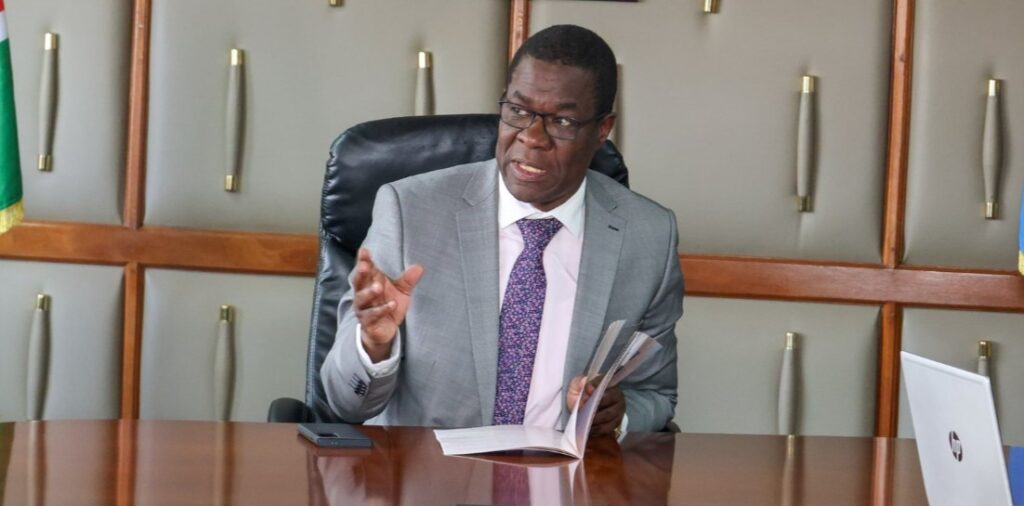
This renewed push aims to accelerate groundwork activities that have suffered countless delays since Kenya first struck commercially viable oil in 2012, in the resource-rich South Lokichar Basin covering blocks 10BB, 13T, and 10BA in Turkana County.
But it hasn’t been smooth sailing. The project hit major speed bumps due to financial constraints and the government’s previous rejection of a proposal by British oil firm Tullow Oil. As a result, progress ground to a halt, shaking investor confidence and threatening to bury Kenya’s oil dreams.
However, in a strategic twist, the Ministry of Energy has now begun recruiting consultants to draft a resettlement and compensation plan for communities likely to be displaced by pipeline and infrastructure projects—signaling that groundwork is finally being laid, both literally and figuratively.
Tullow Oil’s involvement has been rocky. Struggling with financial woes, the British firm was forced to sell the Turkana oil project to Gulf Energy for $120 million (approx. Sh15.5 billion) a deal spread across three installments, the last due in June 2033.
In a desperate bid to share risk, Tullow previously offloaded 50% of the project to Total and Africa Oil in 2022. But that deal crumbled a year later, leaving Tullow back at square one until Gulf Energy stepped in.
Now, with Gulf Energy at the helm and the Kenyan government aligning its budget and policy priorities, the stalled oil venture appears to be surging back to life.
The LLCOP, set to transport crude from South Lokichar to Mombasa, remains the centerpiece of Kenya’s oil export strategy. And with increased funding flowing into engineering and design, officials hope it will finally break ground after years of delay.
After over a decade of false starts and failed promises, could Kenya’s oil revolution finally be back on track? The coming months will tell. But for now, one thing is clear: the Turkana oil dream is alive and this time, it’s fighting to rise.


